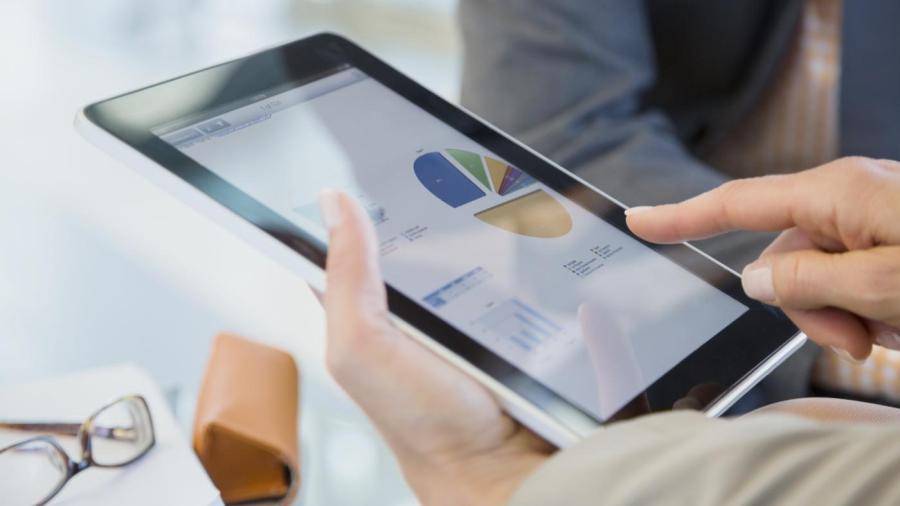What Are the Advantages and Disadvantages of Using Statistics?

Statistics allow people to analyze surveys, experiments and other data, but they are easy to misrepresent or to use to mislead others. Statistical data is essential to the scientific method. It also helps companies, governments and other entities make decisions.
Statistical analysis is used to determine if a scientific experiment produced a result that supported a hypothesis or not. While calculating the probability of an outcome, or “p-value,” is the most common technique, one technique that is becoming more popular is Bayesian analysis, in which a statistician starts with a hypothesized model that is continuously updated over the course of an experiment. Statistical analysis helps experts determine if particular medical treatments are effective.
However, it is easy to misinterpret statistics and present deceptive analysis. One outlier in an experiment, for example, can skew results away from the true central mean. In addition, bias can be introduced into public surveys by asking questions in an inappropriate manner. So-called “push polls” can mislead the media and the public to believe something that is not supported by fair polls.
In addition, scientists are often accused of misinterpreting data. For example, a large sample is likely to contain one or more anomalous results. Scientists who do not state a clear hypothesis before running tests and conducting statistical analysis may conclude that one such small anomaly is evidence for a particular hypothesis even though the result is merely noise in the data.





